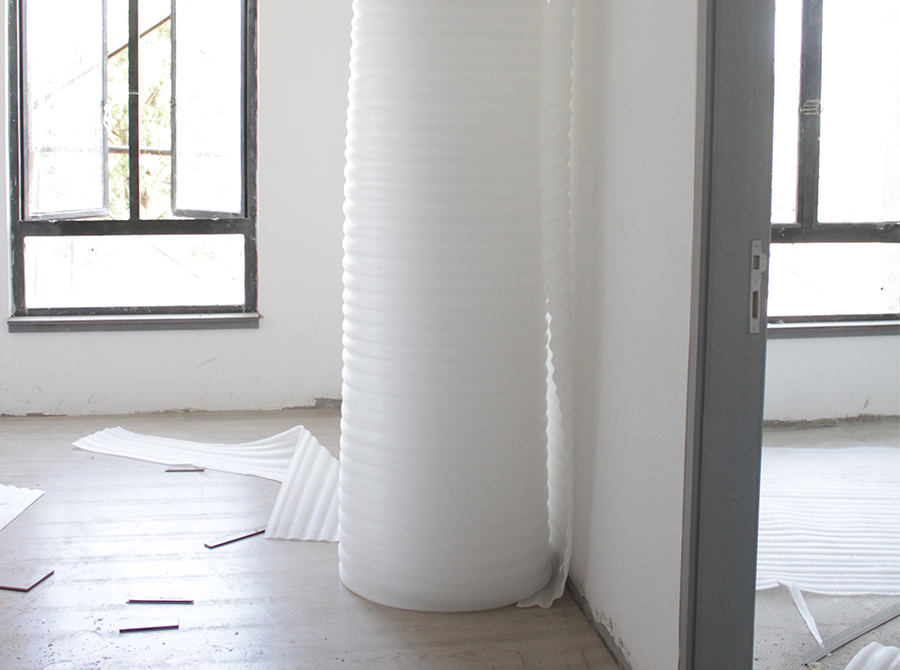How To Choose The Right Damp proof membrane Thickness
Choosing the right damp-proof membrane (DPM) thickness is important to effectively prevent moisture from penetrating a building’s structure. The appropriate thickness depends on various factors, including the type of construction, the level of ground moisture, and local building regulations. Here are some steps to help you choose the right DPM thickness:
Assess Local Conditions
- Determine the local climate and average annual rainfall to gauge the potential moisture levels in the ground.
- Consider the type of soil in the area, as some soils, like clay, hold more moisture than others.
Consult Building Regulations
- Check your local building codes and regulations for specific requirements regarding DPM thickness. Building regulations can vary by region and may dictate minimum thicknesses for DPMs.
Type of Construction
- The type of construction will influence your DPM thickness. For example, residential buildings may have different requirements than industrial structures.
Groundwater Level
- Evaluate the groundwater level in the area. If it’s high, you may need a thicker DPM to provide greater protection against moisture infiltration.
Building Usage
- Consider the usage of the building. Buildings with more sensitive interiors, such as museums or storage facilities, may require thicker DPMs to ensure maximum moisture protection.
Material and Installation Method
- The material of the DPM can influence the required thickness. High-density polyethylene (HDPE) and bitumen-based DPMs are common choices. Consult the manufacturer’s recommendations for the specific product you plan to use.
- Pay attention to the installation method and ensure it complies with manufacturer guidelines. Proper installation is crucial for DPM effectiveness.
Structural Design
- Consult with an architect or structural engineer to understand the specific needs of your building. They can provide guidance on the DPM thickness based on the design and structural considerations.
Future Proofing
- Consider the long-term needs of the building. Investing in a thicker DPM now may save you from potential moisture-related problems in the future.
Seek Professional Advice
- When in doubt, consult with a construction professional, architect, or structural engineer who has experience in your region. They can provide expert guidance tailored to your specific project.
Conclusion
Remember that the right DPM thickness is a critical part of ensuring a moisture-free and structurally sound building. Making an informed decision and adhering to local regulations and best practices will help you choose the appropriate thickness for your project.


